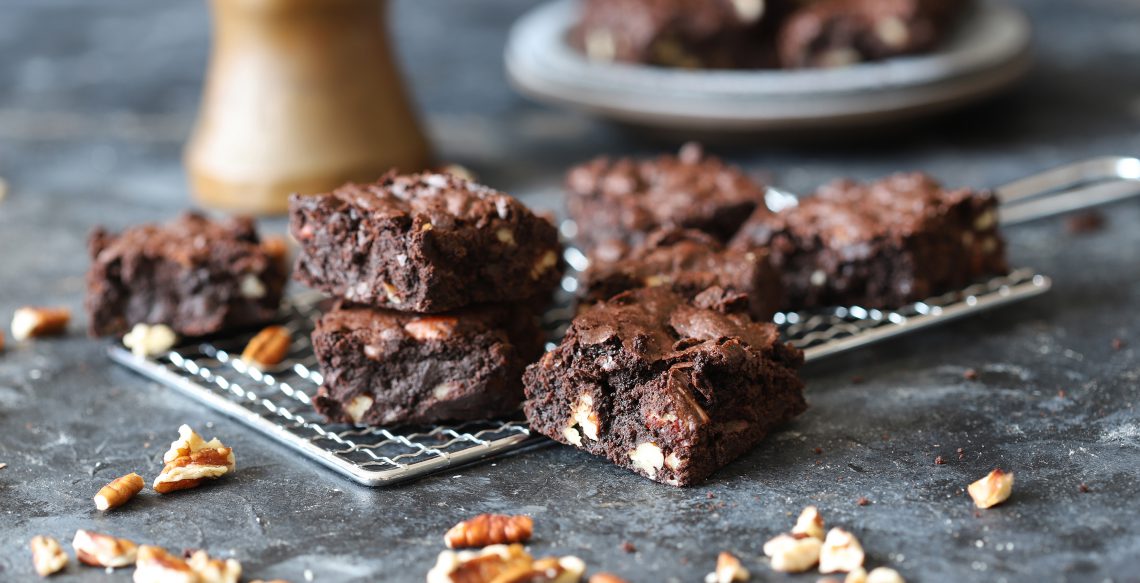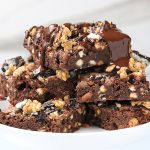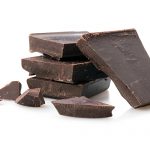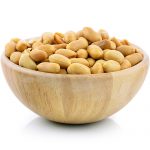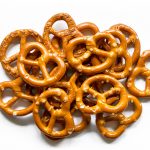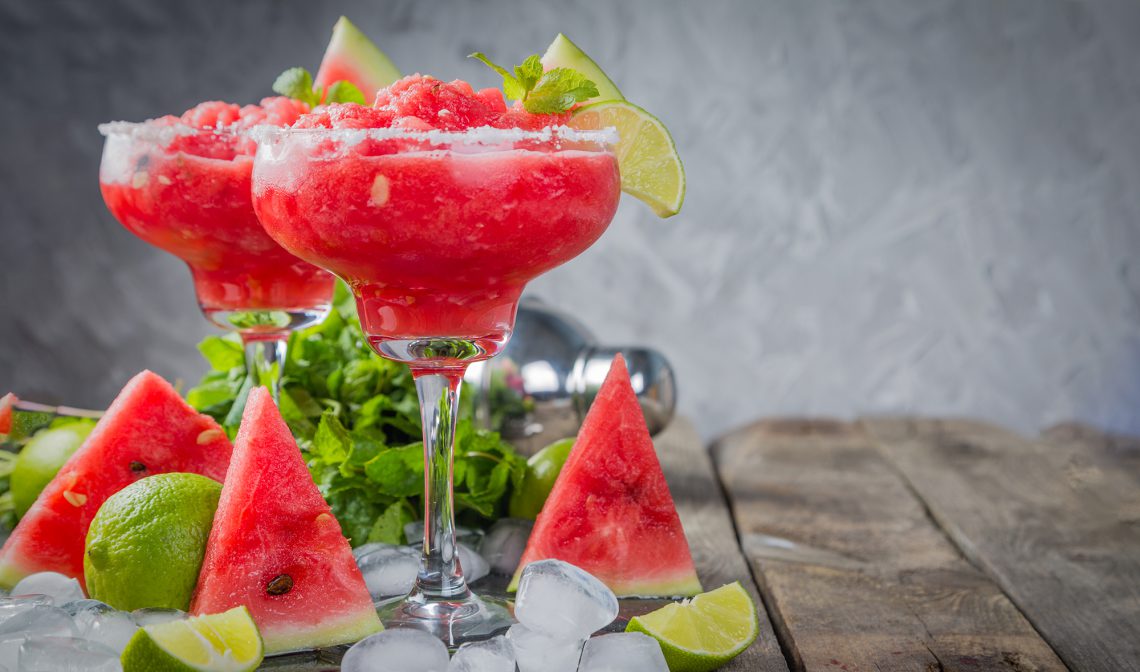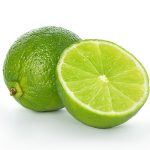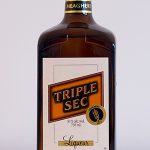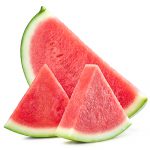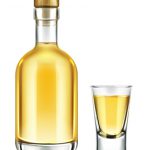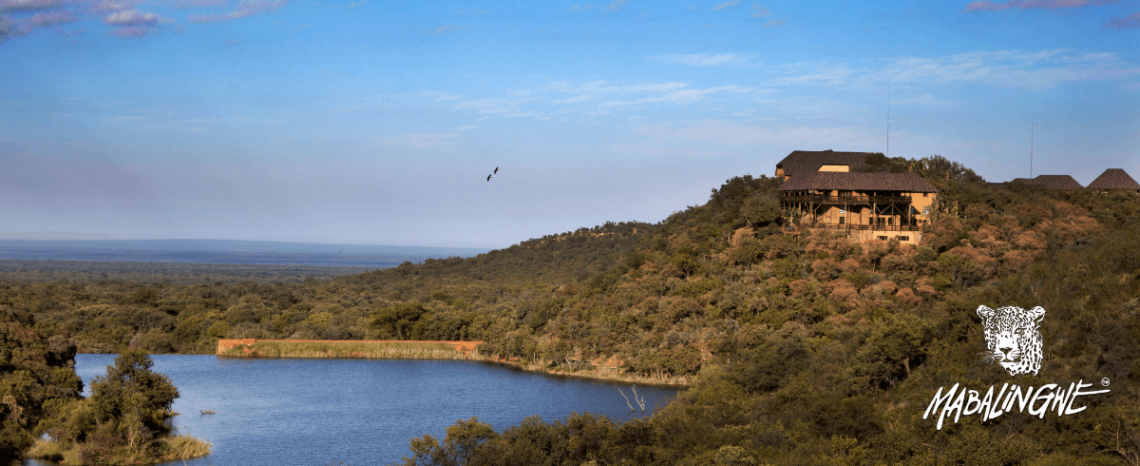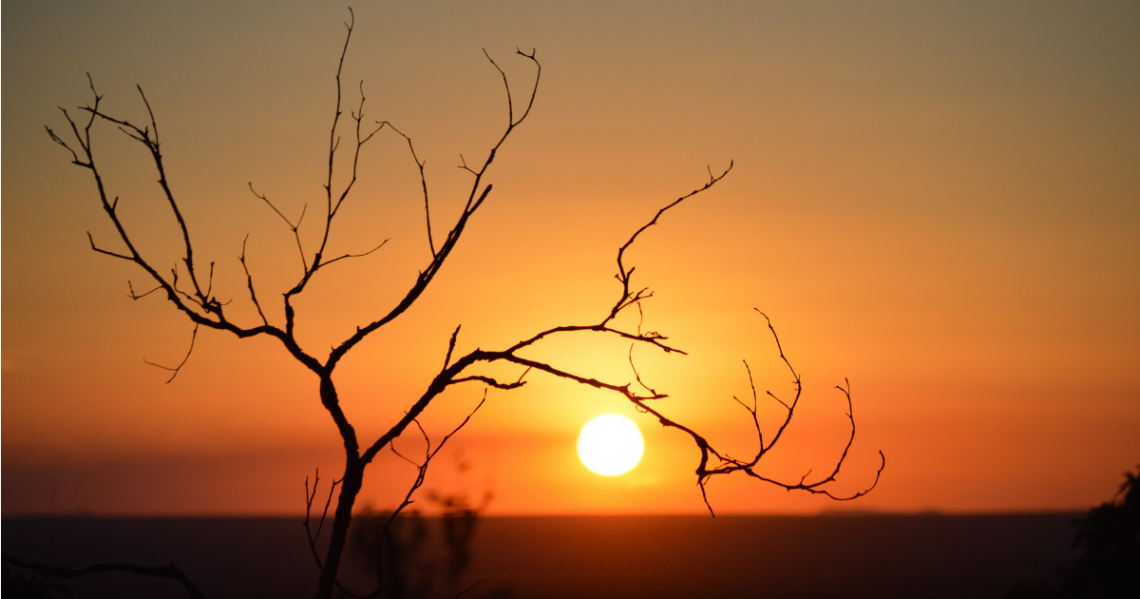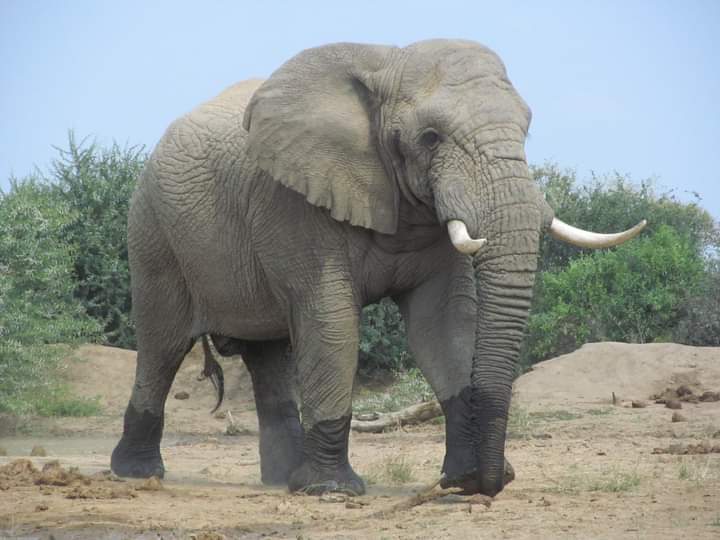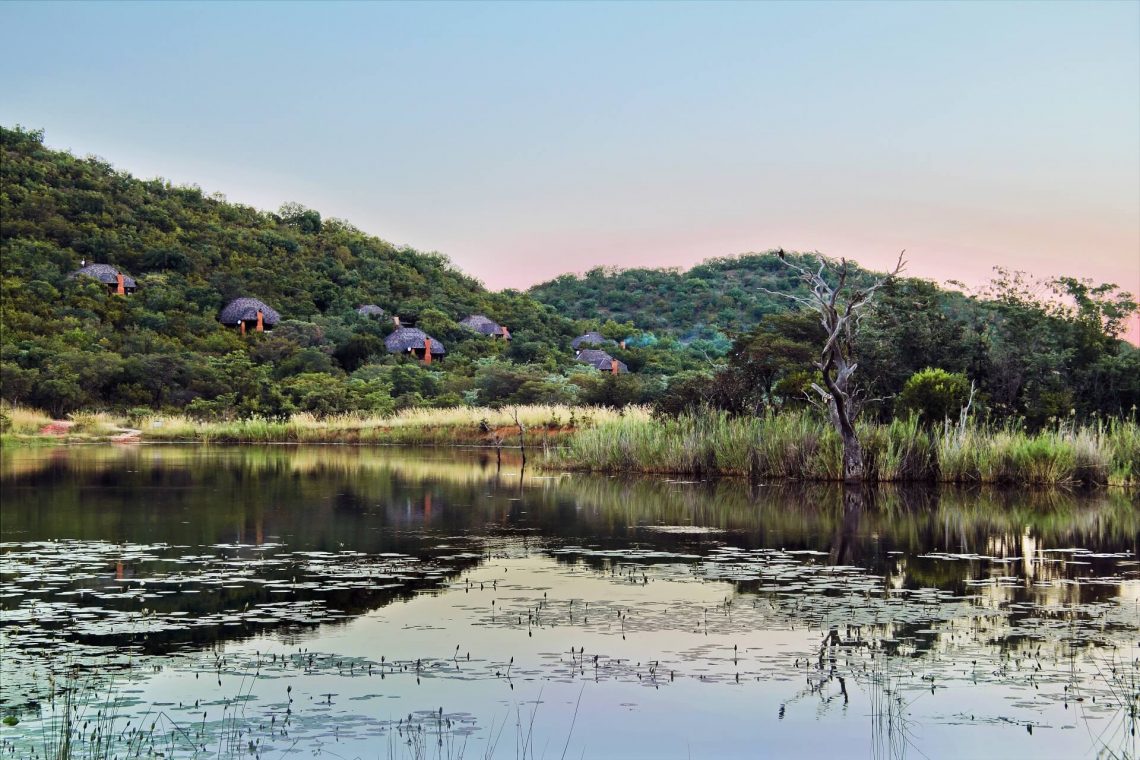Spread the love this Christmas with these fully loaded decadent Brownies (with bells on!). What better gift from the heart than a couple of these bad boys, made with love and beautifully gift-wrapped!?
Le Fera Loaded Brownies (with bells on!)
(makes 12 servings)
Ingredients
- 225g dark chocolate, 60% or darker
- 1 cup butter (230 g)
- 1 ½ cups sugar (300 g)
- 4 eggs
- 2 teaspoons vanilla extract
- 1 teaspoon salt
- 1 ⅓ cups flour (165 g)
ADD INS (load those babies!)
- ½ cup salted peanuts (60 g)
- ½ cup salted pretzels (60 g), crushed
- ½ cup popcorn (85 g)
- ½ cup white chocolate chips (85 g)
TOPPING (‘cos they’re not quite decadent enough yet!)
- 10 chocolate sandwich cookies (Romany Creams, or similar), chopped
CHOCOLATE SAUCE
- 1 cup chocolate chips (175 g)
- 1 cup cream (240 ml)
CARAMEL CRISPY RICE
- 1 cup brown sugar (220 g)
- 4 tablespoons butter
- 4 tablespoons cream
- 1 teaspoon salt
- 1 cup Rice Krispies
Preparation
- Preheat oven to 180°C.
- Melt chocolate and butter over a double boiler until melted.
- Add sugar and mix well.
- Add vanilla extract and salt.
- Whisk in the eggs one at a time until fully incorporated and batter is glossy.
- Fold in flour gently until smooth.
- Fold in add-ins.
- Pour into greased 23x33cm pan. Bake 25–30 minutes until toothpick comes out clean.
- To make the Caramel Crispy Rice, melt all the ingredients in a medium-sized heavy bottom sauce pan until boiling. Cook for 3 minutes on medium heat while stirring to prevent burning. Add the Rice Krispies and toss until coated, spread evenly onto lined sheet tray and allow to cool.
- For the Chocolate Sauce, microwave the chocolate chips and cream in 30-second intervals until smooth.
- Allow brownies to cool 15 minutes before drizzling with the Chocolate Sauce, crumbled biscuits and caramel rice.
- Cut and serve.
Enjoy!
Recipe credit: https://tasty.co/

